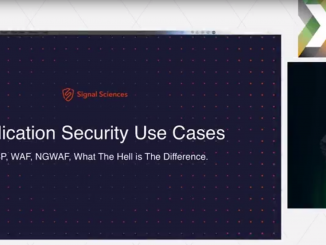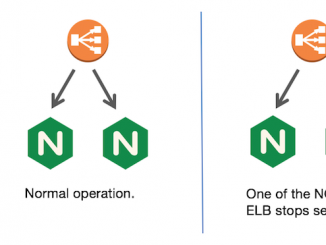
Web Application Security
Web Application Security td { padding-right: 10px; } This post is adapted from a presentation at nginx.conf in September 2016. You can view a recording of the presentation on YouTube. Table of Contents 0:00 Introduction 0:17 Acronym Soup A 1:00 Acronym Soup WAF 1:07 Acronym Soup SAST 1:17 Acronym Soup DAST 1:23 Acronym Soup IAST 1:37 Acronym Soup RASP 1:48 Annual Pedants Conference 2:13 Definition of Terms 3:14 Definition of Terms, continued 3:53 Definition of Terms, continued 4:35 Does The Difference Even Matter… 4:56 What You Really Want From A Solution 4:59 What You Really Want From A Solution, continued 5:25 What You Really Want From A Solution, continued 5:58 What You Really Want From A Solution, continued 6:24 Why Does App Sec Have to Change? 6:39 Traditional Application Development 6:56 Traditional Application Security 7:27 Modern Application Development 8:38 Modern [ more… ]



